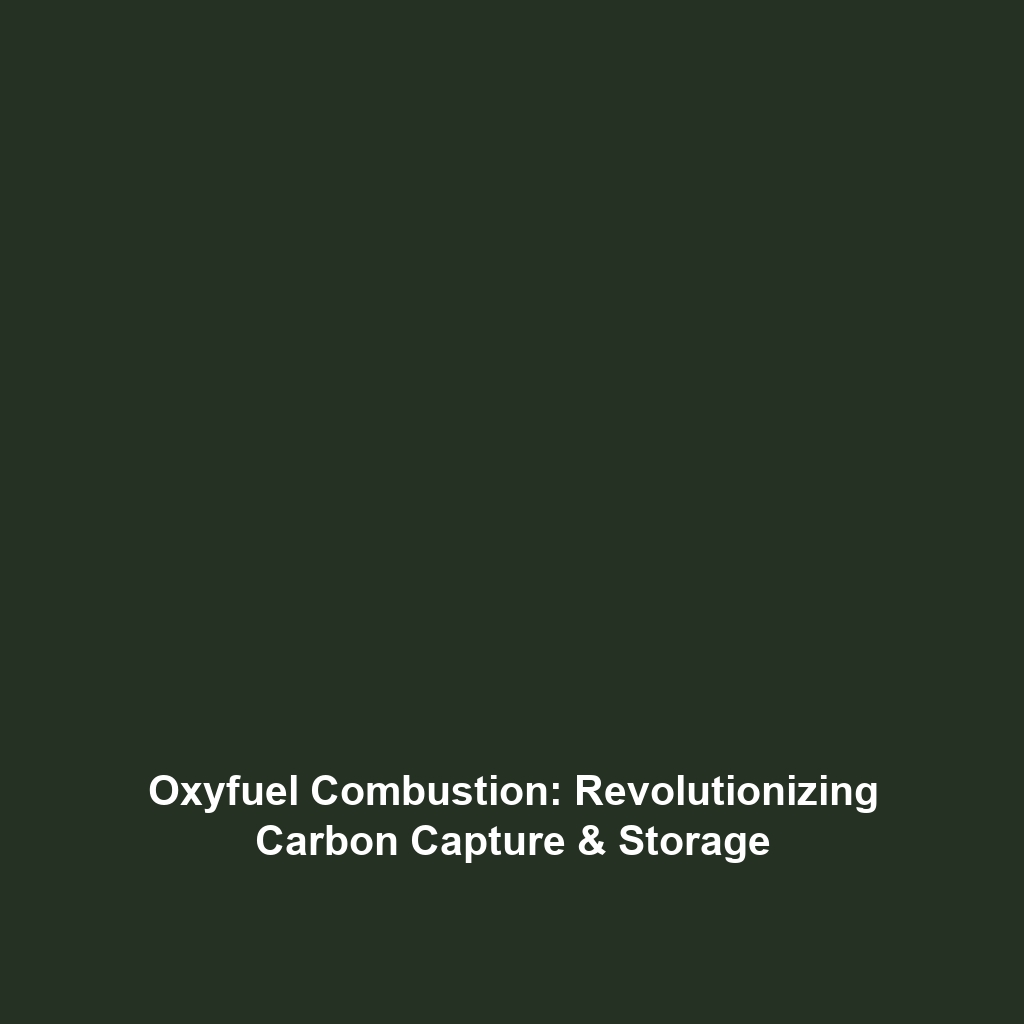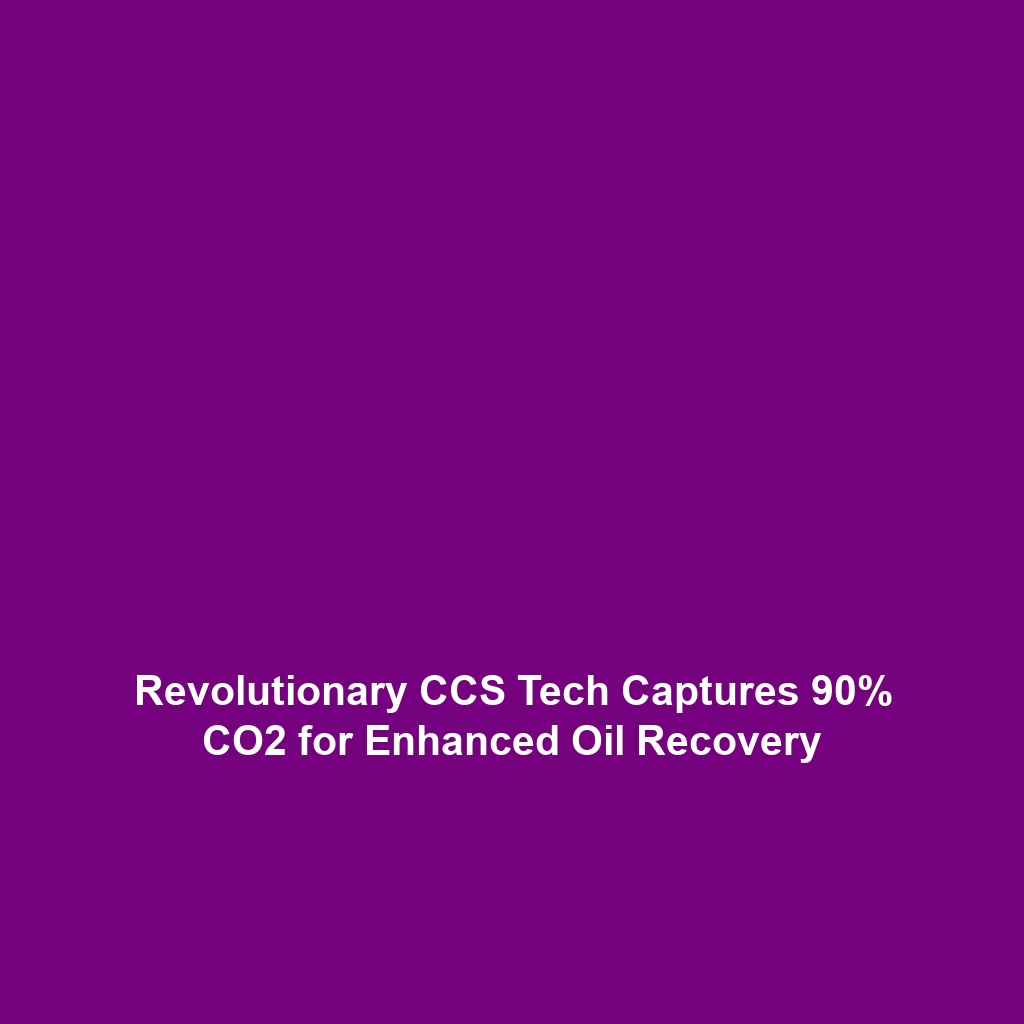Regulatory Frameworks Impact on Continuous CO2 Monitoring in Carbon Capture & Storage
Introduction
The implementation of regulatory frameworks that mandate continuous monitoring of CO2 storage sites is a critical component in the Carbon Capture & Storage (CCS) initiative. As the world grapples with the pressing challenges of climate change, ensuring that captured carbon dioxide remains securely stored is vital for mitigating greenhouse gas emissions. These frameworks not only enhance safety and liability considerations but also foster public trust in CCS technologies. By exploring the significance of continuous monitoring, we can understand its role in advancing global sustainability goals.
Key Concepts
Regulatory Frameworks in CCS
Regulatory frameworks for Carbon Capture & Storage (CCS) encompass a set of guidelines and laws that govern the management of CO2 storage sites. The core principles include:
- Site Selection: Identifying suitable geological formations for secure CO2 storage.
- Monitoring Requirements: Establishing protocols for ongoing surveillance of storage integrity.
- Liability Clauses: Defining responsibilities for the long-term management of stored CO2.
These concepts are crucial for ensuring compliance with environmental regulations and enhancing the feasibility of CCS technologies.
Applications and Real-World Uses
Understanding how continuous monitoring frameworks are applied in Carbon Capture & Storage (CCS) can offer insights into their effectiveness:
- Industrial Applications: Facilities, such as power plants and cement factories, implement monitoring systems that ensure secure CO2 storage.
- Regulatory Compliance: Governments require regular reporting and validation of CO2 storage integrity to ensure adherence to environmental standards.
- Public Safety: Continuous monitoring reduces the risks of potential leaks, thereby protecting nearby communities.
These applications underscore the importance of continuous monitoring in supporting the overall objectives of CCS initiatives.
Current Challenges
While the continuous monitoring of CO2 storage sites is essential, various challenges persist, impacting its efficacy in Carbon Capture & Storage (CCS):
- Technological Limitations: Current monitoring technologies may not adequately detect all potential leaks.
- Cost Implications: Comprehensive monitoring systems can be expensive to implement and maintain.
- Data Management: The vast amounts of data generated by monitoring necessitate efficient analysis and interpretation.
Addressing these challenges is crucial for enhancing the reliability of CCS systems.
Future Research and Innovations
Exciting innovations in monitoring technologies are on the horizon, promising to reshape the landscape of Carbon Capture & Storage (CCS). Future research may include:
- Advanced Detection Systems: Development of more sensitive and reliable sensors for leak detection.
- AI and Data Analytics: Employing machine learning algorithms to analyze monitoring data in real-time, enhancing response strategies.
- Long-term Storage Solutions: Researching new geological strata that may offer enhanced safety for carbon storage.
These advancements are expected to significantly improve our ability to monitor and manage CO2 storage effectively.
Conclusion
The regulatory frameworks requiring continuous monitoring of CO2 storage sites are pivotal in ensuring the safety and efficiency of Carbon Capture & Storage (CCS). As we continue to explore this field, it is essential for stakeholders, including governments, industries, and researchers, to engage collaboratively in overcoming challenges and embracing innovations. For further reading on CCS advancements and regulatory policies, visit our related articles.





